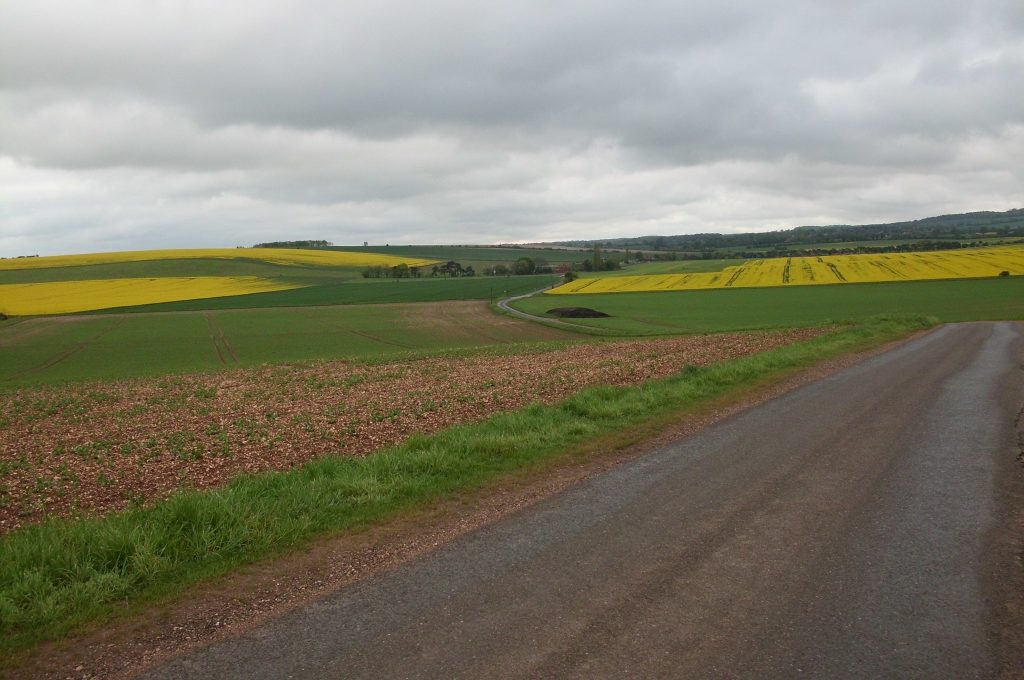The New Enclosure of the Ox–Cam ‘Arc’?
Smart Growth UK has previously highlighted the artificial nature of the Oxford-Cambridge Arc, whose proponents promote it as a cohesive area.
It is not a “region” like East Anglia, the Midlands or the South East/Home Counties. It doesn’t fit into sub-regions such as the South and East Midlands, or Greater London.
It has no Anglo-Saxon equivalents such as Mercia, Wessex or Essex. In short, it does not a have history of political and economic cohesion that makes it an obvious focus for the proposed level of development.
But it turns out the Arc does have a kind of precedent, albeit a rather shameful one.
Historically, the people of the Arc counties have been notable victims of land enclosure by large landowners. This was consistently at the expense of many smaller landholders and the landless in a trend over the centuries that deprived commoners, cottagers and peasants (whatever you want to call them) of their common rights to graze livestock, glean the harvest leftovers and gather fuel and forage, giving them sufficient wherewithal for subsistence.
Before the better-known parliamentary enclosures of the 18th and 19th centuries, there were many enclosures “by informal or formal agreement”. Between 1547 and 1700 about a quarter (24%) of England’s enclosure agreements were in the Arc counties of Oxfordshire, Northamptonshire, Buckinghamshire, Bedfordshire and Cambridgeshire/Huntingdonshire (15% of the English counties).
Agreements of this kind needed consensus among the local landowners in order to be successful. However, it was often the case that “no formal notice was given of intended changes”. Indeed, “an agreement between the principal landowners could be negotiated, agreed and implemented without the minor landowners and cottagers having any notice of it at all”.
This sounds like the story of the Arc – an agreement made by a clique of metropolitan Oxbridge graduates and imposed on the five counties without consultation before the decision was made.
And it is like the decision in West Oxfordshire, for example – taken behind closed doors, by a clique of local councillors, officials and land agents – to impose a “garden village” on a parish and a greenfield site, without even informing the councillors representing the parish, let alone its inhabitants.
The concentration of enclosures in the Arc counties was greatly accelerated by parliamentary enclosure from the 18th century, which employed the mechanism of Private Parliamentary Acts to achieve and formalise enclosers’ ambitions.
A map of the extent of English parliamentary enclosure of open-field arable land by 1845 shows that the most heavily enclosed counties broadly followed the Ox-Cam Arc. Oxfordshire, Northamptonshire, Bedfordshire and Cambridgeshire (which includes the former Huntingdonshire) had at least 45% of their county area enclosed. Northamptonshire was the most heavily enclosed. Nearby Hertfordshire (not in the Arc – yet) had a similar percentage; Buckinghamshire was somewhere between 24% and 34%.

Even if sometimes delayed by popular resistance, private enclosure bills almost invariably became Acts in the end because Parliament then was a parliament of landowners and enclosers.
Likewise today, the Arc decision-makers were and remain a collaborating clique of landowners, developers and the politicians they have won over through networking and lobbying – a powerful force which sometimes seems impossible for the “little people” to resist.
Thus, the pattern of the wealthy and powerful pursuing private gain under the guise of “improvement” while creating social and economic upheaval is recurring today with the Arc, but additionally in the form of severe environmental impact, which current promises of doubling nature will struggle to alleviate.
Nigel Pearce
Sources
Stephen Hollowell: ‘Enclosure Records for Historians’.
Ed. Rex Pope: Atlas of Social and Economic History Since c. 1700.
 Jon Reeds
Jon Reeds
 Nigel Pearce
Nigel Pearce